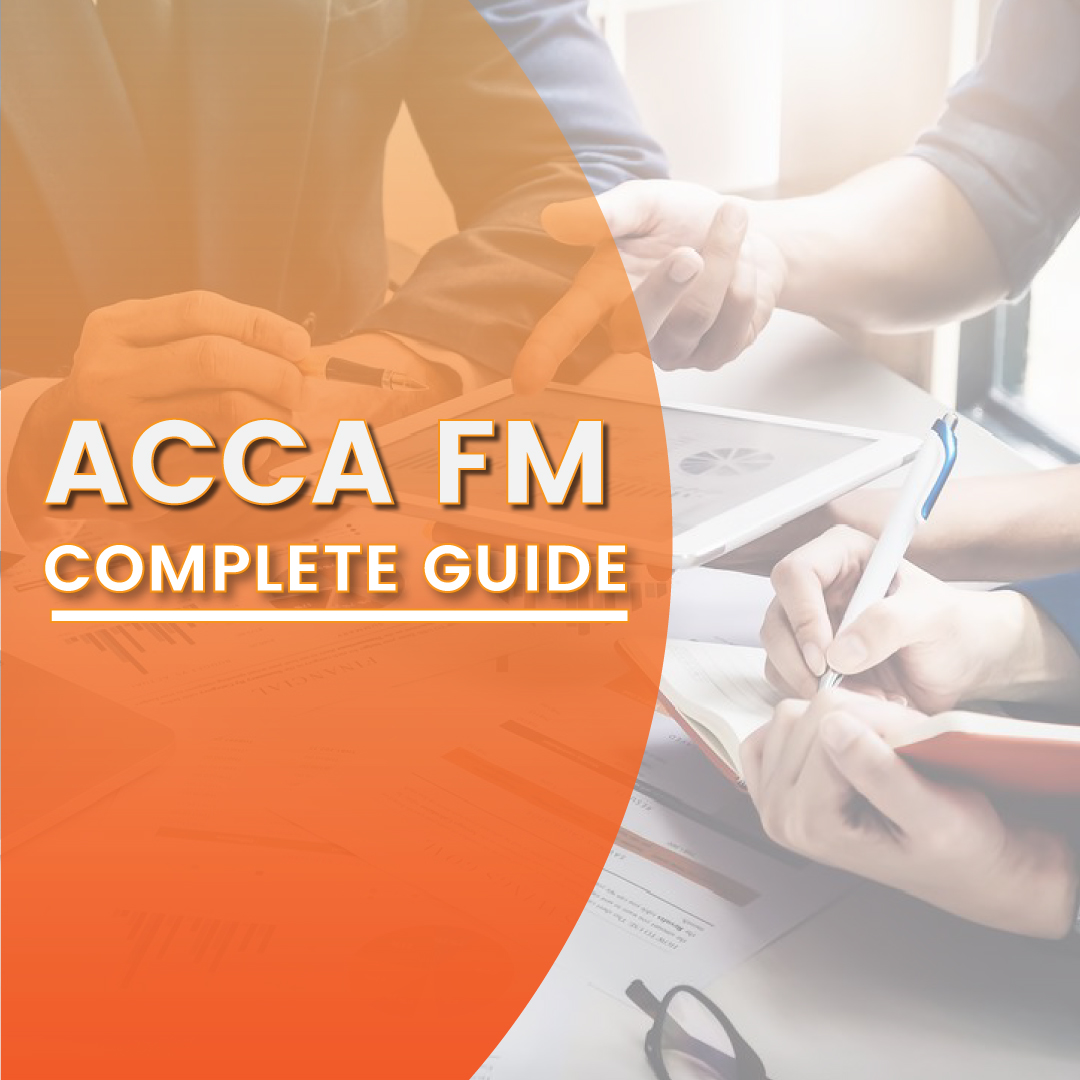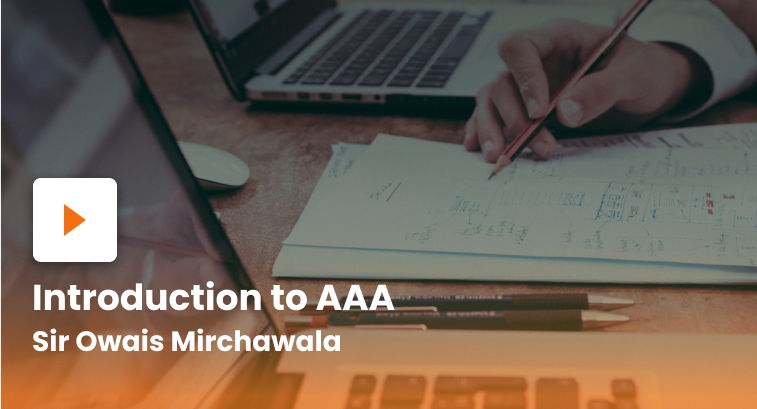Variance Accounting: Definition, Top Reasons and Types of Variances – F2 ACCA Exam
What is Variance or Variance Accounting?
Variances accounts serve as a critical tool which actually differentiate between actual budget and expected budgets. Variance accounting can actually be favourable when actual results are better then the budgeted one and they could be adversive when actual results are worst then expected. These differences can rise in many aspects of business operations for e.g Revenues, Expenses and Production etc . Differentiating between the actual and budgeted results, business or company could identify if they are performing according to the expectations or not and then they could take immediate actions according to that. For example if the companys budget for the delivery cost is $3000 and they spend $3500 on the delivery that month so the difference of $500 is actually the variance of actual and expected budgeted.
What Causes Variances?
So now as we know that variance accounting is experienced when a company or business spend more money than which is allocated for a specific business. Well when the costs are linked with the business, it is quite possible that it may have variances and it may mostly occur in delivery, shipping, material, labour etc with the cost fluctuating when company faces higher demands. For example the more sale a business does, the more you will need to spend on shipping the products and also you may need to ask your labours or employees to work extra hours so they can ensure that orders are completely processed and also dispatched.
Budgeted variance can also be experienced in a business/company when when then amount is spend less then a allocated budgeted, for example when a company actually allocate $8000 for processing purposes and only spend $6000 so the $2000 which is left is there budgeted variance which is actually an good sign for the company. Moreover variance accounting does occur because of the poor planning of the budgets but it can also occur due to some uncontrollable factors which are not in company’s control are the natural disaster like floods ,storms etc. These things could definitely give an impact on the country economy due to inflation increases hence giving an impact on organizations budgets because of which variance could also occur. It also occur due to any human error which is quite possible while doing business.
Variance Accounting – Types of Different Variances
Variances are being divided into 2 different types like Cost and sales variance which are further more divided into small branch, firstly the question that arises is that what is cost and sales variance? And how are they divided into?
So the cost variance is actually the process of assessing the financial performance of the business and they are more divided into different variance which includes
- Material Price Variance: It is the difference between what price company expected to pay for material and how much material was actually consumed. For example if a company plans to buy a product for $2000 and they it buy for $1500 so $500 will be material price variance, this is actually a favourable variance for the company but it is also possible for getting an adverse variance accounting if they would have bought the products for $2500 or above
- Material Usage Variance : It is the different between how much material company planned to consumed and how much material was actually used. For example if a company have to use 50kg of material but in actual they have used 65kg of material so 15kg is a material usage variance which is definitely adverse and the reason for getting adverse variance accounting could be wastage of raw material by less trained workers and also it can be because of usage of bad quality of material. If you want to know more advance insights about material variances – click here
- Labour Rate Variance: It is the difference between what rate company planned to pay to the workforce and what rate was actually paid. For example, that company planned to pay $500 to the workforce but they actually paid $700 which is a favourable labour rate variance accounting, and this could be due to good work their workers might have done.
- Labour Efficiency Variance: It is the difference between the hours company planned and how much actually hours were worked by the labour. For example, a company expecting to complete the project in 30hours, but that project was completed in 40hours so 10hours was the labour efficiency variance which was adverse.
- Fixed Overhead Expenditure Variance: It is the difference between fixed overhead expenditure actually incurred by the company and fixed expenditure initially planned by the company.
- Fixed overhead volume variance: It is the difference between the amount budgeted for fixed overhead cost based on production volume and amount that is absorbed. For example, a company planned that 2000units will be produced in a time period of 3months but in actual only 1000units were produced so 1000units is the adverse variance, which is actually occurring, this might be due labours not going to work regularly for which company had to face consequences
- Variable Overhead Expenditure Variance: It is the difference between varaiable overhead expenditure incurred by the company and variable overhead expenditure initially planned by the company.
- Variable overhead efficiency variance: It is the difference between the planned time budgeted for the product to get manufactured and the actual time, product is manufactured in . For example a company planned to manufacture product in about 10 days but it was manufactured in 8 days so this is actually a favourable variance accounting, it could be because of good and motivated labour and even more there could be could quality machineries hence completing the manufacturing of product early.
Now let’s talk about the Sales Variance and it is actually divided into 2 parts which are Sales price variance and Sales Volume Variance. So Sales Variance actually the difference between actual and budgeted sales of the business.
- Sales Price Variance : It is the difference between selling price actually charged and the selling price company planned to charge for example a company sold a product for $500 in actual but they planned to sell for $600 so this is and an adverse variance of $100, hence this could happen due to the market value of that product dropping down
- Sales Volume Variance : It is the difference between number of units company planned to sell and the number of unit which were actually sold out for example a company planned to sell out 100 units in 5 days but they sold 120 units, hence it was a favourable variance of 20 units , this can be due to good quality of products being manufactured by the company or would have keep the low selling price then the market.
Conclusion on Variance accounting
So now in the end of the blog on Variance accounting, we all know that variance is the difference between actual and budgeted sales of a business and their causes and different types they are but the question is that how can these variances be reduced?
Hence lets see answer, however these variances can be reduced if the company can set budgets that are actually based on accurate data and the data which is reliable for example market research. This issue can also be solved by businesses by increasing customers demands through changing products or by increasing the budget of the marketing ETC. Contact us to know more about our training courses and career opportunities in ACCA.
This blog comprehensively covered the topic of variances in management accounting If you want to learn more about Variance Accounting, Definition, Top Reasons and Types of Variances consider enrolling in the Management Accounting MA(F2) course by Sir Ahmed Shafi at Mirchawala’s Hub of Accountancy now.
– Written by : Zohaib Rizwan – ACCA student from Mirchawala’s Hub of Accountancy












[…] Variance report shows the difference between the actual cost incurred and the revenue achieved with that of the expected cost and revenues. […]
Comments are closed.